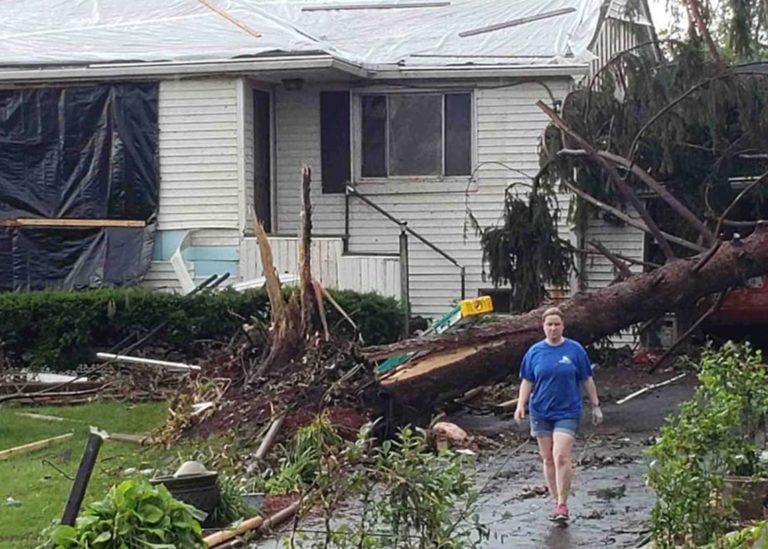
Disaster Preparedness
If recent tragedy has taught us anything, it is that we need to be prepared for whatever life throws our way. Whether it is a tornado, house fire, or a global pandemic, it is important to not just have a plan in place for your family but also for your pets. To keep your pets safe, we recommend using our PETS emergency plan as a guide. PETS stands for Prepare, Establish, Target, and Support.
Prepare Information
No one knows your pet better than you. If something were to happen to you, it is best to have a central place where all information regarding your pet is kept. Do they require a certain food? Do they take certain medications? What is your veterinarian’s contact information? Do you have your pet’s microchip number or license number? These are all important questions to have on hand regarding your pet, so if someone has to care for your pet for an extended period of time, they are set up for success. You should also include either a digital version on a flash drive or printouts of your pet’s veterinary and vaccination records, as well as a description and recent photos of your pet in case they are lost or get loose during the emergency.
Establish Emergency Kit
Emergency kits are something that will help keep your mind at ease but also help you grab items quickly if an emergency strikes your family. Besides food, water, a container to house your pet, and medication, we have a checklist for you to help you prepare your kit easily. Your kit should be placed near your emergency exit or in your home’s established safe zone so you can quickly access it when time is of the essence. You should also look through your emergency kit at least once a month to rotate out any food or medicines before they expire. Download Emergency Kit Checklist PDF.
Target Family and Friends
Having a safe haven outside of your immediate home for your pets is critical. You never know when an emergency will come, and establishing family, friends, or a boarding facility that can care for your animals is key. Create a list of potential caretakers and ask them if they would be willing to help temporarily care for your pet in case of an emergency. By speaking to them beforehand, you not only have peace of mind, but you also have a clear plan in place. It may be good to also have one or two fallbacks in case your initial caretaker is unavailable. List contact information and names for all your potential caretakers with your paperwork inside your emergency kit.
Support Efforts
Supporting your pets before an emergency happens can help make any sudden transition much easier. By being proactive, you are adding additional protections to you and your pet.
- Place an emergency sticker on your window, letting first responders know the type and number of animals in your home. Visit our main shelter to pick one up today.
- Make sure your pet is properly identified and microchipped. The Humane Society of Greater Dayton offers low-cost microchipping to the public. Simply stop in during regular office hours, and we can microchip your pet on the spot. No appointments are needed, but your peace of mind is priceless.
- Once every month or two, go through your emergency kit and keep it updated. Switch out foods, water, and medicines, update veterinary or vaccination records and personal information.